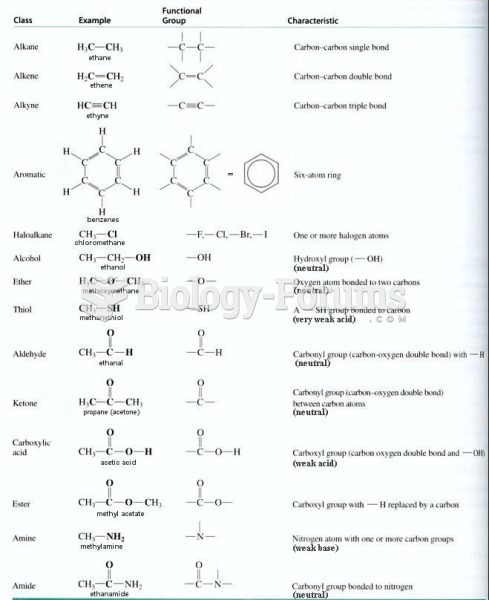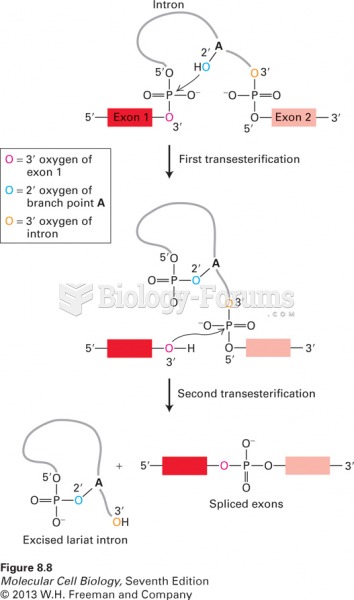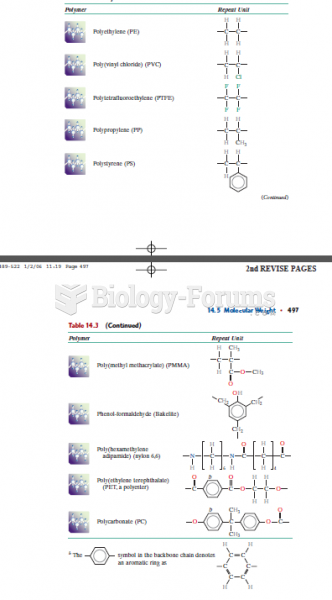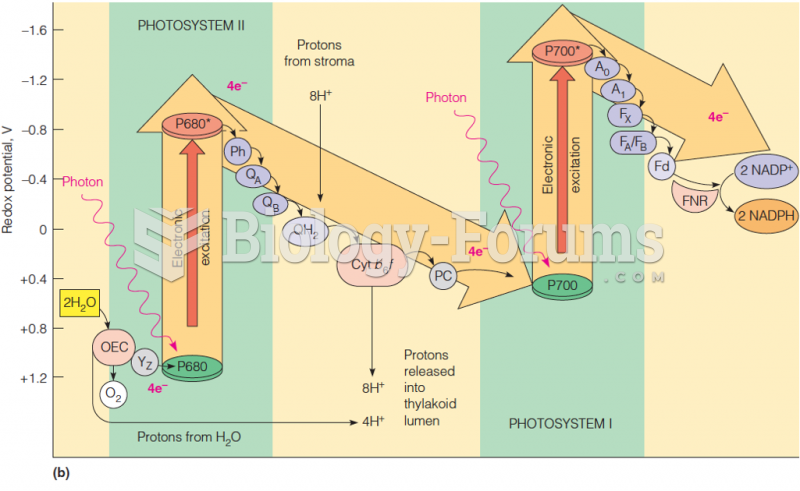The common feature of a-substitution and condensation reactions of carbonyl groups:
a.
involve two carbonyl partners
b.
involve the formation of an enol or enolate ion
c.
involve a nucleophile
d.
produce a new carbon to carbon bond
e.
all of these describe both types of reactions
Question 2Ethyl phenylacetate is a pleasant smelling compound used in perfumery. Draw structures for each of the intermediates in the synthesis of ethyl phenylacetate below.
 Question 3
Question 3Choose the best reagent(s) for carrying out the following conversion.

a.
H
2/Pd
b.
NaBH
4, ethanol
c.
1. LiAlH
4, ether
d.
all of the above
2. H
3O
+ Question 4Choose the best reagent(s) for carrying out the following conversion.

a.
1. CH
3MgBr, ether
b.
CH
3COCl
2. H
3O
+ c.
CH
3OH, acid, heat
d.
all of the above work
Question 5Choose the best reagent(s) for carrying out the following conversion.

a.
1. (Ph)
2MgBr, ether
b.
1. (Ph)
2CHMgBr, ether
2. H
3O
+ 2. H
3O
+ c.
1. 2 PhMgBr, ether
d.
all of the above work
2. H
3O
+ Question 6Choose the best reagent(s) for carrying out the following conversion.

a.
NaBH
4, ethanol
b.
H
2/Pd
c.
1. LiAlH
4, ether 2. H
3O
+ d.
either a. or c. above
Question 7Write the complete stepwise mechanism for the basic hydrolysis of acetamide, shown below. Show all electron flow with arrows and draw all intermediate structures.
 Question 8
Question 8Draw the structure of polymer formed in the following reaction. Show only a single monomer.
 Question 9
Question 9Draw the structure of polymer formed in the following reaction. Show only a single monomer.
 Question 10
Question 10Draw the major product of the following reaction (which affords a penicillin derivative).
 Question 11
Question 11Draw the major products of the following biochemical reaction (where R = a fatty acid chain).
 Question 12
Question 12Draw the major product of the following reaction.
 Question 13
Question 13The product of the following reaction is a primary essence contained within bananas.

a)
Draw its structure.
b)
The product of the above reaction could also be produced by the reaction of an acid and an alcohol. Draw their structures.
Question 14Rank the following from highest to lowest reactivity toward reaction with EtOH.
 Question 15
Question 15What is the major organic product produced by the following reaction?
 Question 16
Question 16What is the major organic product produced by the following reaction?

a.

b.

c.

d.
 Question 17
Question 17Which of the following is the correct order of decreasing reactivity in hydrolysis reactions (more reactive > less reactive)?
a.
anhydrides > amides > acid chlorides
b.
amides > acid chlorides > anhydrides
c.
anhydrides > acid chlorides > amides
d.
acid chlorides > anhydrides > amides







